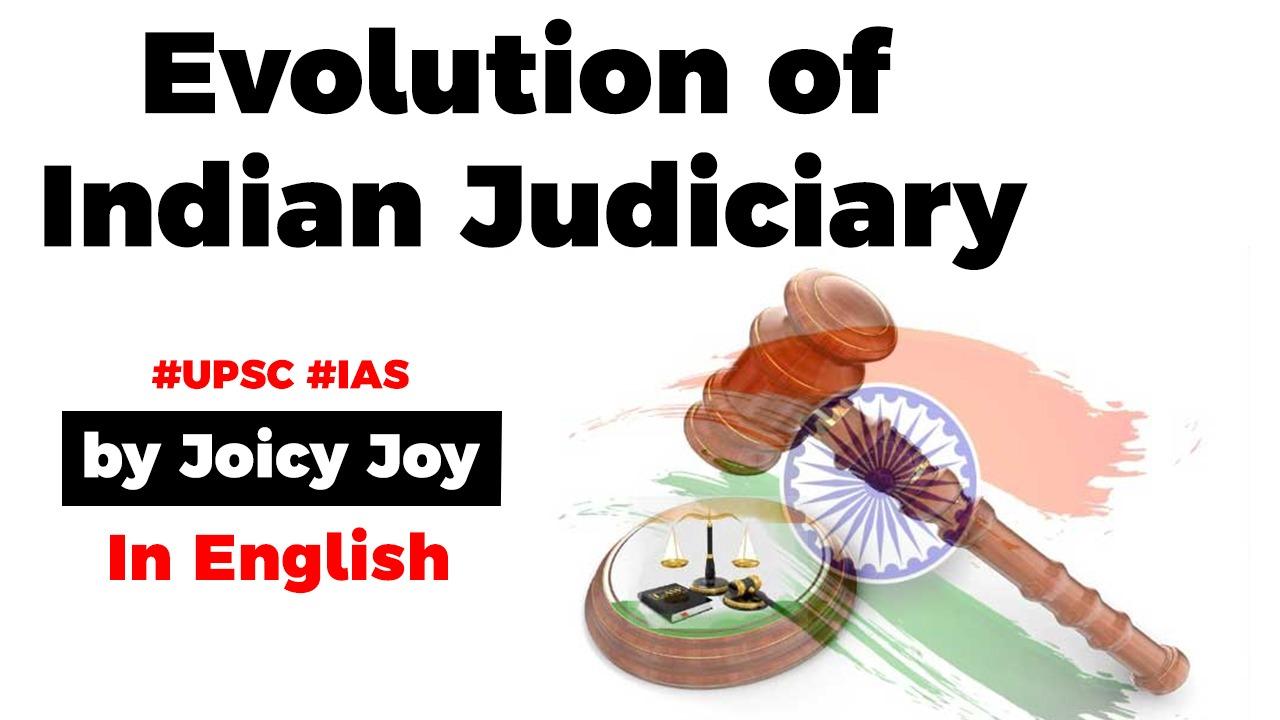Table of Contents
CURRENT AFFAIR
- The Constitution of India came into force 70 years ago, on January 26, 1950.
UNIQUE ACHIEVEMENTS
- Implemented universal adult franchise
- Federalism in a region consisting of over 550 princely states
- Social revolution in a society that was divided on the lines of caste, religion, etc.
- Constitutional design which has been under the guardianship of Indian Judiciary.
Evolution of Judiciary
- Textualist Approach
- The Structuralist Approach
- Challenge of Heterogeneity
- Social Revolution and Transformation
Phase One: Textualist Approach
- In its early years, the Supreme Court adopted a textualist approach.
- It focused on the literal meaning of the words as mentioned in the Constitution.
EXAMPLE
- In A.K. Gopalan v. State of Madras (1950) case, the Supreme Court interpreted the Fundamental Rights under Part III.
- K. Gopalan was a communist leader who was detained in the Madras Jail under Preventive Detention Act,1950 and challenged his detention by stating that his civil liberty was being hampered as he had the right to equality of law.
- The supreme court examined that he was detained according to the procedure established by law and rejected his argument. The supreme court at that point of time believed that each article was separate in the Indian
Phase Two: The Structuralist Approach
- The Supreme Court began exploring other methods of
- Appeals to the text of the Constitution were gradually overtaken by appeals to the Constitution’s overall structure and coherence.
Kesavananda Bharati v. State of Kerala (1973)
- In the Kesavananda Bharati vs. state of Kerala case, the Supreme Court ruled that all provisions of the constitution, including Fundamental Rights can be
- However, the Parliament cannot alter the basic structure of the constitution like secularism, democracy, federalism, separation of powers.
Maneka Gandhi v. Union of India (1978) case
- In the 1978 Maneka Gandhi v. Union of India case, the Supreme Court extended the doctrine’s importance as superior to any parliamentary legislation.
- According to the verdict, no act of parliament can be considered a law if it violated the basic structure of the
- This landmark guarantee of Fundamental Rights was regarded as a unique example of judicial independence in preserving the sanctity of Fundamental Rights.
Phase Three: Challenge of Heterogeneity
- The Supreme Court’s interpretive philosophy turned far more result-oriented but it lacked thorough reasoning of the issues.
- The Supreme Court which at its inception began with eight judges grew to a sanctioned strength of 34
- However, with the increasing burden of cases, it began to sit in panels of two or three judges, effectively transforming it into a “polyvocal” group.
Judicial Activism
- Judicial Activism helped Indian Judiciary to become one of the most powerful judiciaries in the world.
- However, the Indian Judiciary has been alleged of Judicial Overreach (interfering in the domain of executive and legislature), nepotism and protecting itself of any reform under the guise of independence of the Judiciary.
- This can be reflected in cases like rendering the National Judicial Appointment Commission (99th Constitutional Amendment) as ultra vires or Master of the Roster controversy.
PIL
- Public interest Litigation (PIL) means litigation filed in a court of law, for the protection of “Public Interest”, such as Pollution, Terrorism, Road safety, Constructional hazards
- Any matter where the interest of public at large is affected can be redressed by filing a Public Interest Litigation in a court of law.
- Public interest litigation is not defined in any statute or in any act.
- It has been interpreted by judges to consider the intent of public at large.
- Public interest litigation is the power given to the public by courts through judicial activism.
Phase Four: Social Revolution and Transformation
- Recently, the Supreme Court has passed many judgments recognising the individual’s rights and thereby ushering an era of social transformation.
- Lifting the ban on entry of women (aged 10-50) inside Sabarimala Temple .
- The Supreme Court held that “Devotion cannot be subjected to gender discrimination” and removed a ban that prevented women between 10 and 50 years of age from entering Kerala’s Sabarimala temple.
- Decriminalisation of Homosexuality.
- Supreme Court in 2018 decriminalized homosexuality stated under Section 377 of the Indian Penal Code.
- Apart from these, Indian Judiciary has also taken reforms that sought to instil transparency in Indian judicial system like live streaming of Supreme Court and bringing of CJI under RTI.
Latest Burning Issues | Free PDF






















 WhatsApp
WhatsApp